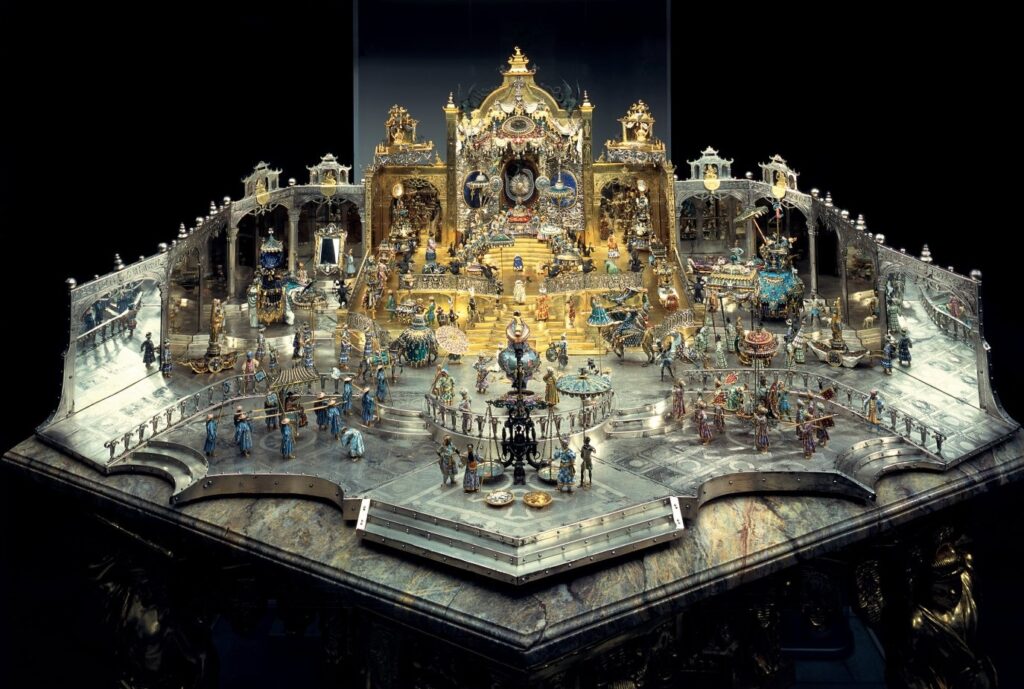During his years in Weimar (1708 to 1717), Bach performed many transcriptions and arrangements of works by Italian composers, which were starting to come into fashion as travelers brought them into Germany. Copying and transcribing were great ways to study and learn their style and musical language, and Bach did this thoroughly especially with works of Vivaldi, whose music he seemed to really appreciate.
His duties as music teacher also played a part in this practice, as some of this transcriptions were intended for his students, including his son Wilhelm Friedmann.
Bach transcribed over 10 violin concertos by Vivaldi (including several from the “L’estro armonico” collection, Op. 3), converting them into harpsichord or organ pieces. He also adapted pieces by the Marcello brothers (Allessandro and Benedetto), Telemann, and other renowned composers.
One of such Vivaldi concertos is catalogued as RV 208 – Violin Concerto in D major, dubbed “Il Grosso Mogul” for reasons that remain a mystery. It’s an extremely virtuosic and challenging concerto, with extensive, fully written-out cadenzas in the outer movements. Bach transposed it to C major and reworked the musical text more than usually, to the extent that some scholars think he was working from a preliminary copy of Vivaldi’s piece. Vivaldi’s “official” Grosso Mogul was published only in 1720, later than the Bach transcription which dates from 1714.
In the opening movement, in 4/4, the tonic is clearly established with a series of chords and scales, and it’s interesting to see the use of the pedal to underline the orchestral ritornellos, leaving the solo passages without the deep bass support. This technique allows us to clearly “hear” the original violin version.
The middle movement is marked “Recitativ”, implying a freedom of phrasing and improvisatory ornamentation. The last movement, in a lively triple rhythm, is characterized for a shift in meter to “C” for the cadenza, which takes 4 1/2 pages of the score (!), only returning to the original 3/4 for the closing ritornello.
Benjamin Alard plays a historical organ by André Silbermann from 1710, at the Abbey of St. Étienne, Marmoutier, France. The instrument was restored in 2010 by Quentin Blumenroeder.
